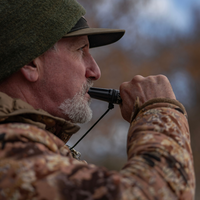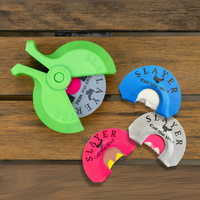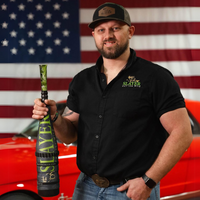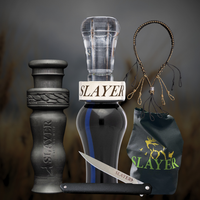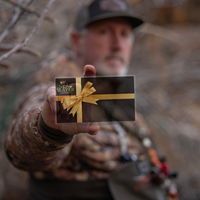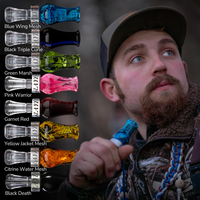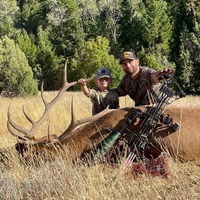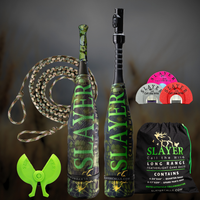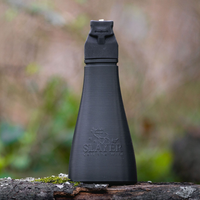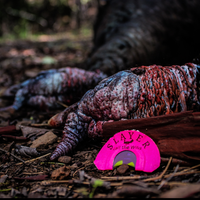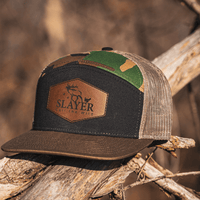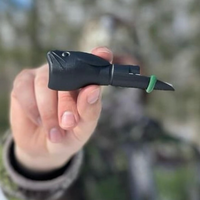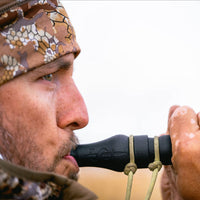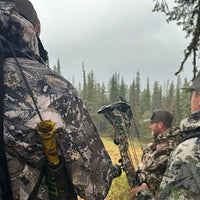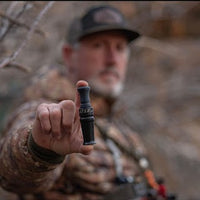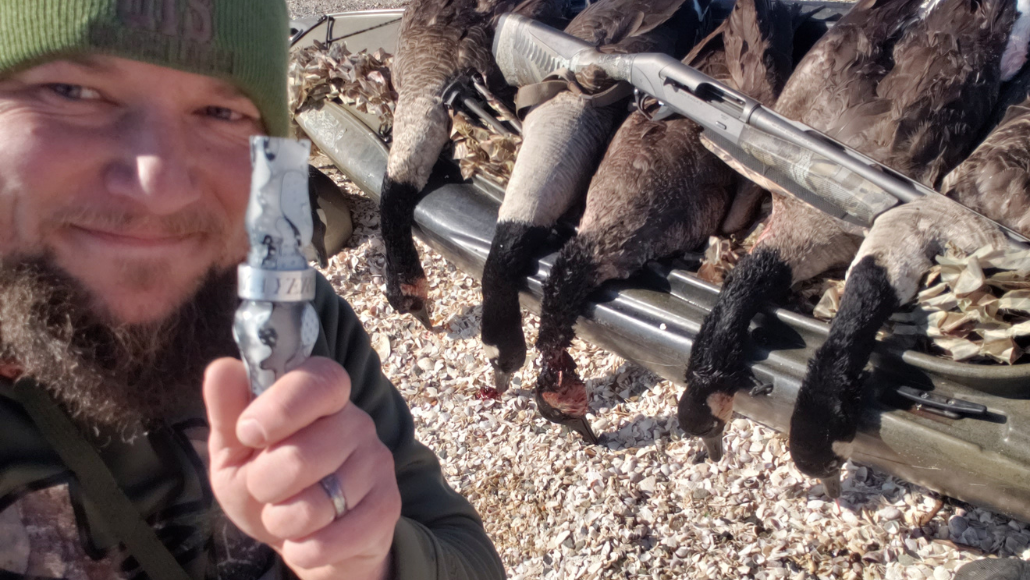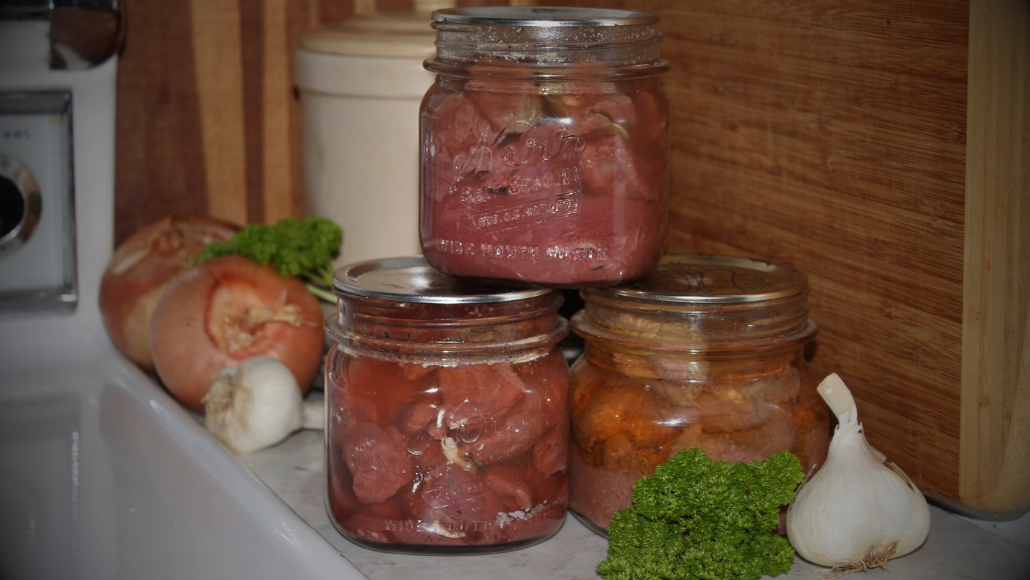By M.D. Johnson
Photo credit: Julie Johnson
My first duck gun — actually, I used her for everything from rooster pheasants to Canadas — was a 1952 Winchester Model 24 SxS 16 gauge. It was my father’s first shotgun, new in ’52. I still, some 71 years after she was manufactured, take her out at least once a year, shoot a couple greenheads or drake widgeon, clear her well and put her away.
But my first dedicated duck gun came to me at Christmas, 1979, in the form of a Remington Model 1100, also in 16 gauge. Now, other than the number 16, was there/is there a common denominator between the Model 24 and the Model 1100? Yes; fixed chokes. The 24, should you wonder, is choked modified (right) and full (left), while the 1100 is a straight 26 inch modified.
My point here? Interchangeable choke tubes — all the rage today among the waterfowling crowd and standard on almost 100% of 21st century ’fowl guns — didn’t enter my world until the late 1980s when, in ’88, I bought a Remington Model 11-87 because I thought I needed a 3-inch shotgun. Maybe I did, maybe I didn’t. Regardless, this all brings us ’round to choke tubes and the question for this week: Does Choke X or Choke Y really make a difference to the waterfowl hunter?
Answering the question is Rhode Island’s Mike Wec, a pro-staffer for Slayer Calls and Beyond the Battle, a non-profit that “provides opportunities for individuals to escape their personal battles through outdoor adventures and financial support.”
A veteran shotgunner, Wec was the first shooter in Rhode Island history to mark up a perfect 100 in Handicapped Trap. Today he spends as much time as humanly possible behind the stock of his favorite shotgun. Recently, Slayer Calls slowed Wec down enough to pick his brain about chokes and their importance to successful waterfowling.  Slayer Calls (SC): Be honest, Mike. Are choke tubes all that important to today’s goose hunter?
Slayer Calls (SC): Be honest, Mike. Are choke tubes all that important to today’s goose hunter?
Mike Wec: Absolutely. It’s the difference between trying to get a goose at 30 yards and one at 60 yards. Back in the day, most shotguns were equipped with just a full choke barrel, which is fine unless you’re trying to kill a goose at 25 yards. Now you’re either going to destroy the bird, or you’re going to completely miss it. If you can figure out the distance [most of] your birds are shot at, then chokes are a game-changer. Literally a game-changer.
SC: But aren’t they all basically the same, regardless of the name on the packaging? Isn’t a Modified a Modified a Modified?
Wec: They’re pretty much all the same, BUT every shotgun is different and every choke is different. What I’ve found as a trapshooter is that chokes are everything. When you’re shooting trap, you want a dense pattern. Skeet, and you want a more open pattern. I put my confidence in Carlson’s Choke Tubes — trap, skeet, ducks, geese, turkeys. My guns prefer them, and my confidence grows when I use them.
SC: Are expensive tubes, Mike, by default ‘better’ tubes?
Wec: Maybe, but the biggest [determining factor] is the material used to make the tubes. The harder the metal, the tighter the pattern (in a sense). The choke tubes that came with my personal shotgun are not as good a material as an aftermarket tube. A company that focuses on making choke tubes, like Carlson’s … that’s what they do. They’re designing their tubes to be better than the standards that come with the shotgun.
 SC: Where do I begin finding the ‘right’ choke tube for my shotgun, my ammunition and my situation?
SC: Where do I begin finding the ‘right’ choke tube for my shotgun, my ammunition and my situation?
Wec: You need to begin by figuring out what you’re shooting. What are you hunting? Are you shooting clays? Goose hunting? Turkey hunting? What’s available for your shotgun, and can you afford to go try it? Every gun will prefer a different tube. If you can afford to try a few different ones, great. The ammunition makes a difference, too. So, you need to figure out what you’re going to be doing. For geese, I’d suggest something mid-range and something long-range. And then pattern those tubes with different ammunition. What you’re doing is building confidence in the off-season.
Author’s Note: I’ll jump in here. Don’t ignore the Improved Modified and/or Modified choke tubes that came with your new shotgun. Those CAN be good performers. Look at reviews online. Watch YouTube videos. Ask questions on forums like refugeforums.com or duckhuntingchat.com. Stick with a recognized name like Carlson’s or KICKS or Patternmaster or Trulock. After years of using straight Modified tubes and liking them, I switched over to the Fatal Choke Tubes from MOJO Outdoors, which just so happen to be designed by choke tube guru, Rob Roberts. The bottom line, regardless of who makes the tube? Three words: Patterning. Patterning. Patterning.
SC: Finally, Mike, choke tube maintenance. Is there such a beast? Do you need to pull and clean your tubes?
Wec: Absolutely! I mean if you’re going to clean your shotgun, why wouldn’t you clean your choke tubes? Especially out here [in Rhode Island], hunting the saltwater. You’re going to clean your shotgun because if you don’t, you’ll rust in a few hours. Same with the choke tube. You’re in the elements. Take it out, wipe it down, use a lubricant, and put it back. There is no such thing as overkill when it comes to cleaning your gear.
